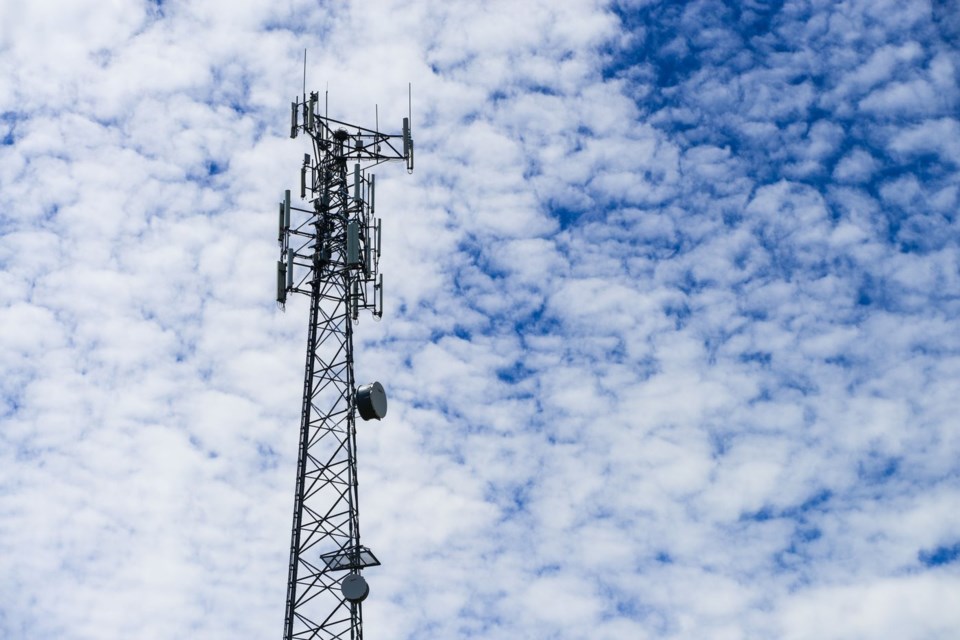TORONTO — Technology experts say telecommunications networks are increasingly susceptible to security threats and that companies should leverage artificial intelligence to help protect their infrastructure.
Speaking Wednesday at the 24th annual Canadian Telecom Summit in Toronto, Ericsson Canada chief technology officer Tania Leppert said there is a growing need to safeguard telecom infrastructure that is evermore central to day-to-day life.
“We really have a lot of focus these days on the criticality of this infrastructure, which unfortunately also makes it a very attractive target for nefarious actors as well,” she told attendees during the second and final day of the conference.
Leppert said there are various potential security or safety risks when a telecom network is breached, ranging from outages that halt the flow of communication during emergencies to massive amounts of sensitive data that could be stolen.
"There's a lot of important information in our telecom networks," she said. "Everybody is using it."
Leppert said attacks have become more sophisticated due to technological advancements, including the evolution of artificial intelligence.
"Hackers are ... using a lot more technology in different ways to be able to find vulnerabilities in the network and either collect information or disrupt," she said.
"AI can also be used to make stronger attacks."
The conference also heard Tuesday from self-described "ethical hacker" Robert Beggs, chief executive of Waterloo, Ont.-based security solutions company DigitalDefence.
Beggs, whose firm is hired by companies to test the security of their networks, said there's been an uptick in cyber threats targeting the telecom sector over the past five years.
Despite the potential of artificial intelligence — with companies touting its opportunities for growth and efficiencies — he said its use is "outstripping securities."
"Most companies, most telecommunications firms, haven't updated their program to meet the new threats that are coming in," Beggs said.
"Since that time, we're dealing with ransomware to an incredible degree, you're dealing with international countries and you're still dealing with a lot of human errors."
In February, as part of a CRTC decision about improving 911 resiliency, the regulator directed service providers to implement "robust cybersecurity measures to help prevent outages caused by cyberattacks."
That can include establishing firewalls, intrusion detection systems, and other safeguards. The providers must implement the measures by this August.
Leppert said that while technology can be harnessed to attack networks, AI analysis can also be used as a tool to monitor for potential threats.
That includes built-in access control mechanisms that offer a traceability function when a network or product is attacked.
"There has to be data that's coming out of the products in order to be analyzed," she said, adding that organizations must be able to respond quickly once an attack is ongoing.
"You cannot defend against every attack vector, you cannot predict what hackers are going to be able to do, but you better know when something's happening," she said.
The sector is also relying more on technology to create "threat databases," said Leppert.
"Some of the big vulnerabilities is actually when we have silos ... and there's a lack of handover of understanding of what's happening," said Leppert.
"Once a certain attack vector is known, that's something you need to share within the industry so we can protect against it in the future and it can't be reused."
This report by The Canadian Press was first published June 4, 2025.
Sammy Hudes, The Canadian Press



